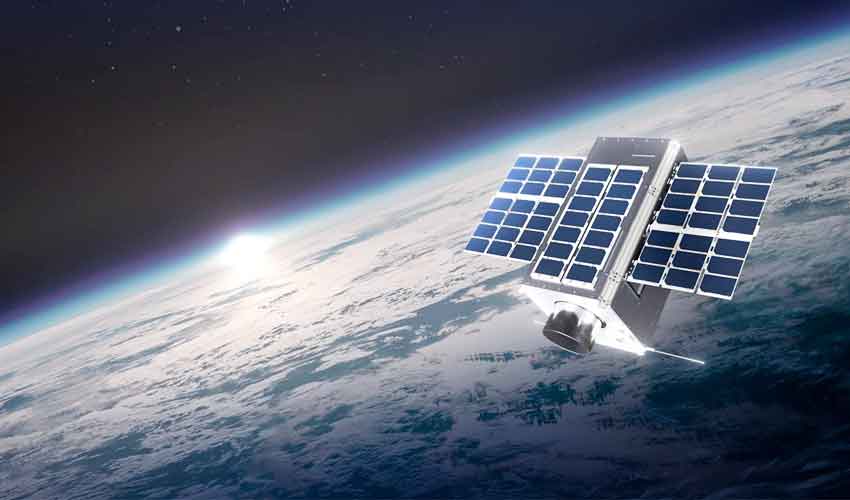The impending launch of Pakistan’s second communication satellite, Paksat MM1, scheduled for this Thursday, is a testament to the unwavering dedication of Pakistani scientists and engineers. This advanced satellite, a product of their hard work, represents a significant leap forward for the country’s space and communication technology, and a source of national pride. It stands as a pivotal advancement in Pakistan’s endeavor to improve internet connectivity nationwide.
At the forefront of this ambitious project is the Space and Upper Atmosphere Research Commission (Suparco), which envisions providing reliable internet services to every corner of Pakistan. The imminent launch of Paksat MM1 is poised to transform this vision into reality, delivering a much-needed impetus to the nation’s digital infrastructure.
Paksat MM1 is not just a technological marvel, but a beacon of hope for remote and underserved areas. Engineered to markedly augment communication capabilities, it promises to bring extensive internet coverage to areas where access has been scarce or nonexistent. By bridging this digital gap, Suparco aims to foster greater socio-economic development and digital inclusivity, making the benefits of the digital age accessible to all.
Pakistan’s journey towards strengthening its space and communication technology began with the successful deployment of the iCube Qamar satellite. Following this, the nation announced plans to launch a new satellite into space on May 11. The MM1, a significant part of this plan, was initially slated for launch on May 30, as confirmed by a spokesperson from Suparco. The National Space Agency outlined that the launch is set to take place from Islamabad, marking another milestone in Pakistan’s space and communication sector.
The primary objective behind the MM1 satellite is to fortify Pakistan’s communication infrastructure. It is anticipated that the satellite will play a pivotal role in establishing a sophisticated communication network, addressing the burgeoning demands of the telecom sector.
With the exponential surge in internet usage and the impending rollout of 5G technology, the MM1 satellite holds the promise of ensuring improved availability and reliability of these services across the country. The satellite’s advanced capabilities are expected to meet the escalating demand for high-speed internet and seamless connectivity.
On May 3, Pakistan marked its entry into the international space race for research by launching its first mission to the moon with Chinese assistance. The satellite, weighing approximately 7kg, was developed by the Electrical Engineering Department of the Institute of Space Technology (IST) in Islamabad over a span of two years.

















































